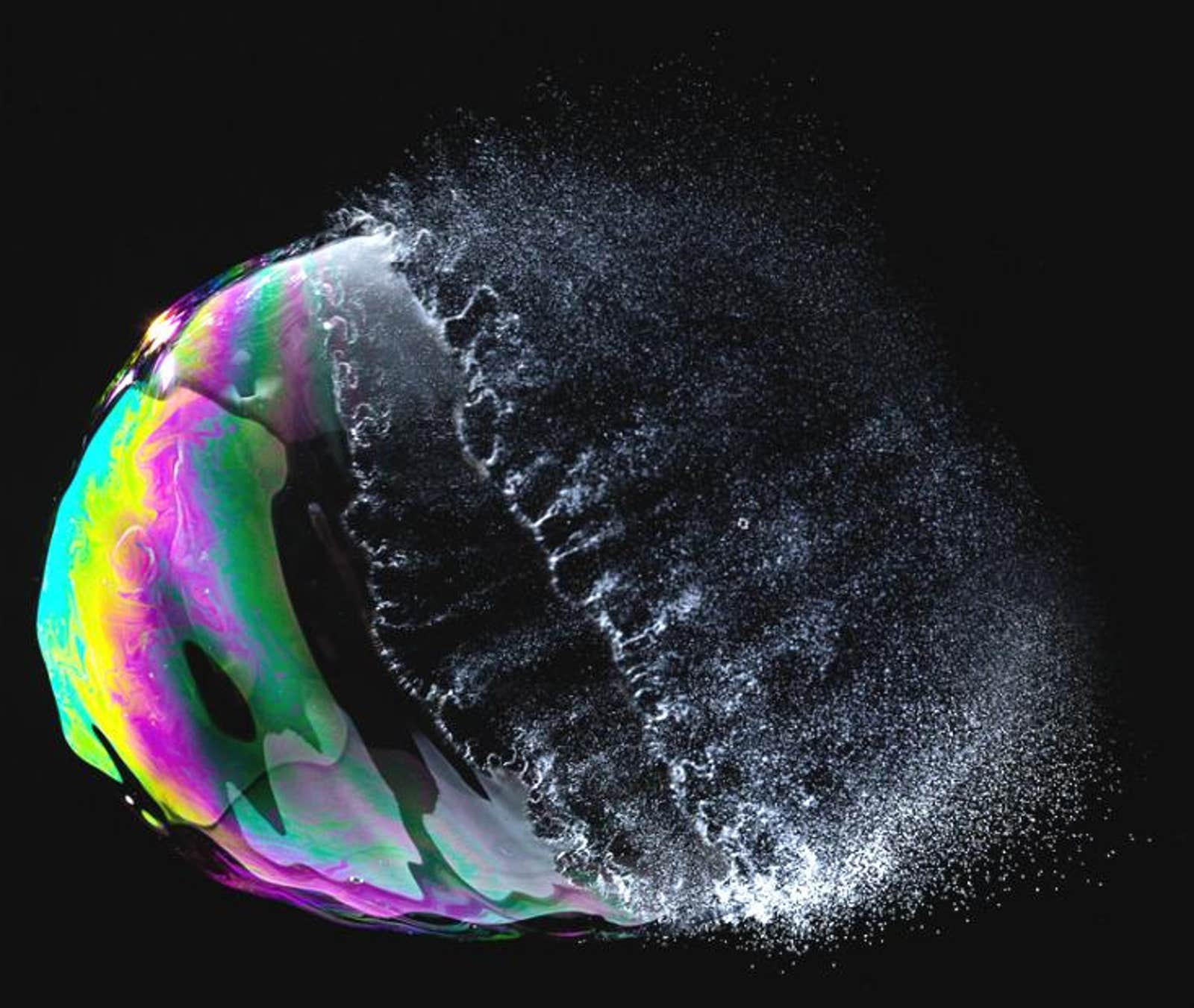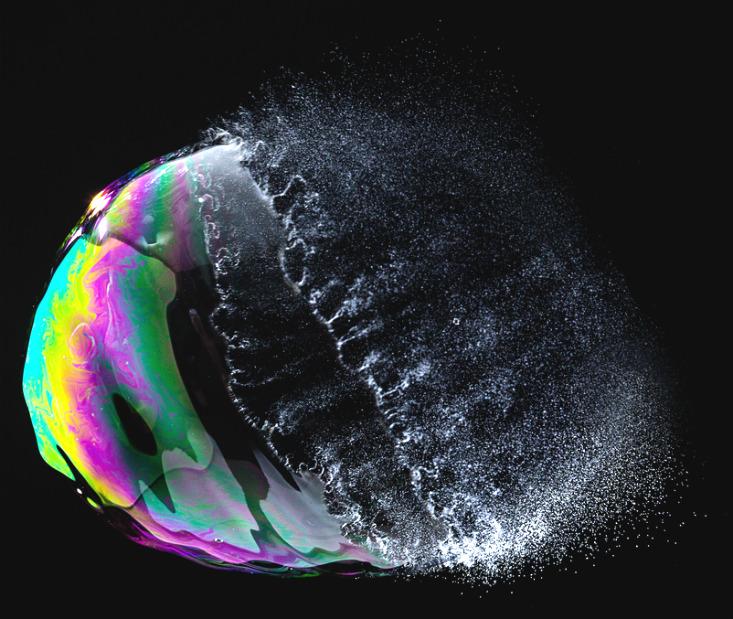In the 1630s, Holland was gripped by the world’s only known case of “tulip mania.” The intensely colored flowers were already a luxury item before then, but their prices leaped when tulips with flame patterned petals hit the market, and they continued rocketing to previously incomprehensible levels. The price for a single bulb soon far surpassed what a skilled worker could make in an entire year, and others commanded enough money to buy homes or land.
It didn’t last, of course. The inevitable and dramatic crash in prices left people puzzling over the tulip bubble for centuries to come. An early account blamed it on a group delusion, fueled by emotional highs spreading through the population like an infection. Subsequent observers found reasons in the Dutch market structure of the time, or government policies that encouraged wanton trading, or even fallout from the bubonic plague. In this more staid view, people were logically trading based on information the market presented to them. Emotions, or other vexations of human psychology, had no role in it.
Hundreds of years and many bubbles later, people are still trying to work out how the dramatic overvaluations, then stunning collapses, of bubbles come to pass. A recent study turned to the wellspring of human psychology—the brain—and found bubble-related activity there, including a signal in some people that predicted the ensuing crash.
“We don’t know why prices go up in a bubble, or why the crash starts,” says Alec Smith, who conducted the study while a postdoctoral fellow in Colin Camerer’s lab at the California Institute of Technology in Pasadena. “Putting people in the scanner is one way to try to understand this.”
The researchers created an experimental bubble by having about 20 people come at a time to their lab and trade made-up assets online. In each trading period, subjects could buy or sell one asset unit. In the course of 50 trading periods (in each period, each participant could buy or sell one asset unit), bubbles reliably inflated and then popped. Simply swapping imaginary assets in a lab provoked some of the feverish atmosphere that marks real bubbles, with people growing more excited as the top of the bubble approaches. And as in real bubbles, there were people who cashed in by selling assets before the bubble peaked, and others who continued to buy and then lost big when the bubble popped.
The nuclear accumbens provided a neural readout of the bubble: Its activity rose in all participants’ brains as prices rose, then fell as prices collapsed. The signal seemed to reflect the group’s collective expectation of whether prices would go up or down.
This excitement reached outside of the room where most participants were trading, to the few ensconced in an fMRI brain scanner while they traded in real time with the others. In all, the researchers tracked brain activity in 41 people, with special attention to the nucleus accumbens (NAcc). This knot of neurons near the bottom of the brain is active in processing rewards—anything that feels pleasurable—and underlies learning from them. It also features prominently in addiction research, where reward-processing goes awry.
The NAcc provided a neural readout of the bubble: Its activity rose in all participants’ brains as prices rose, then fell as prices collapsed. The signal seemed to reflect the group’s collective expectation of whether prices would go up or down. In finance, there’s a NASDAQ stock index; in Camerer’s lab, a NAcc stock index.
But a clear distinction emerged between the brains of “high earners” who sold near the peak of the bubble and “low earners” who waited too long, in a region called the anterior insular cortex. The insula integrates information from many different sources in the body, and its activity has been related to gut feelings, disgust or discomfort, and awareness. Around the time high earners began to sell, they showed an uptick in insula activity, whereas this signal did not develop in the low earners. The insula seemed to provide an early warning signal—perhaps a tingly Spider-Sense for the finance set—and those without it were doomed to follow their overexcited NAccs.
“People who are motivated to sell might be aware that they’re having some feelings about the price bubble, and that causes them to think it doesn’t make sense to keep buying this thing because it’s going up,” Smith says.
Why some people have this signal, and others don’t, remains unclear, but it may be possible to learn to generate and use it. Previous work has shown that when the same group of people weathers several bubbles in the lab together, they stop forming them, Smith said, as though they learned to become more cautious.
If discomfort or heightened awareness in a few people can trigger the bursting of a bubble, maybe boosting insula activity in more people could put the brakes on real-world financial bubbles. “In 2005, during the housing bubble, you could see images of houses with dollar signs on them everywhere, even on the cover of Time magazine,” Smith says. “I wonder if countering that with images of foreclosure signs or bread lines might be a way to make people concerned about the consequences of a price bubble, of losing their home.”
Michele Solis is a freelance science writer living in Seattle, Washington.



























